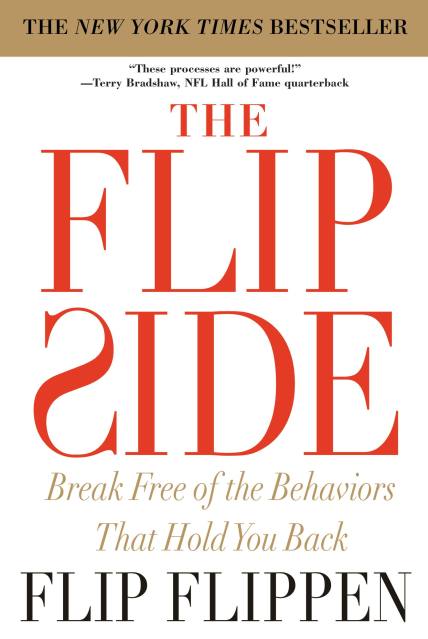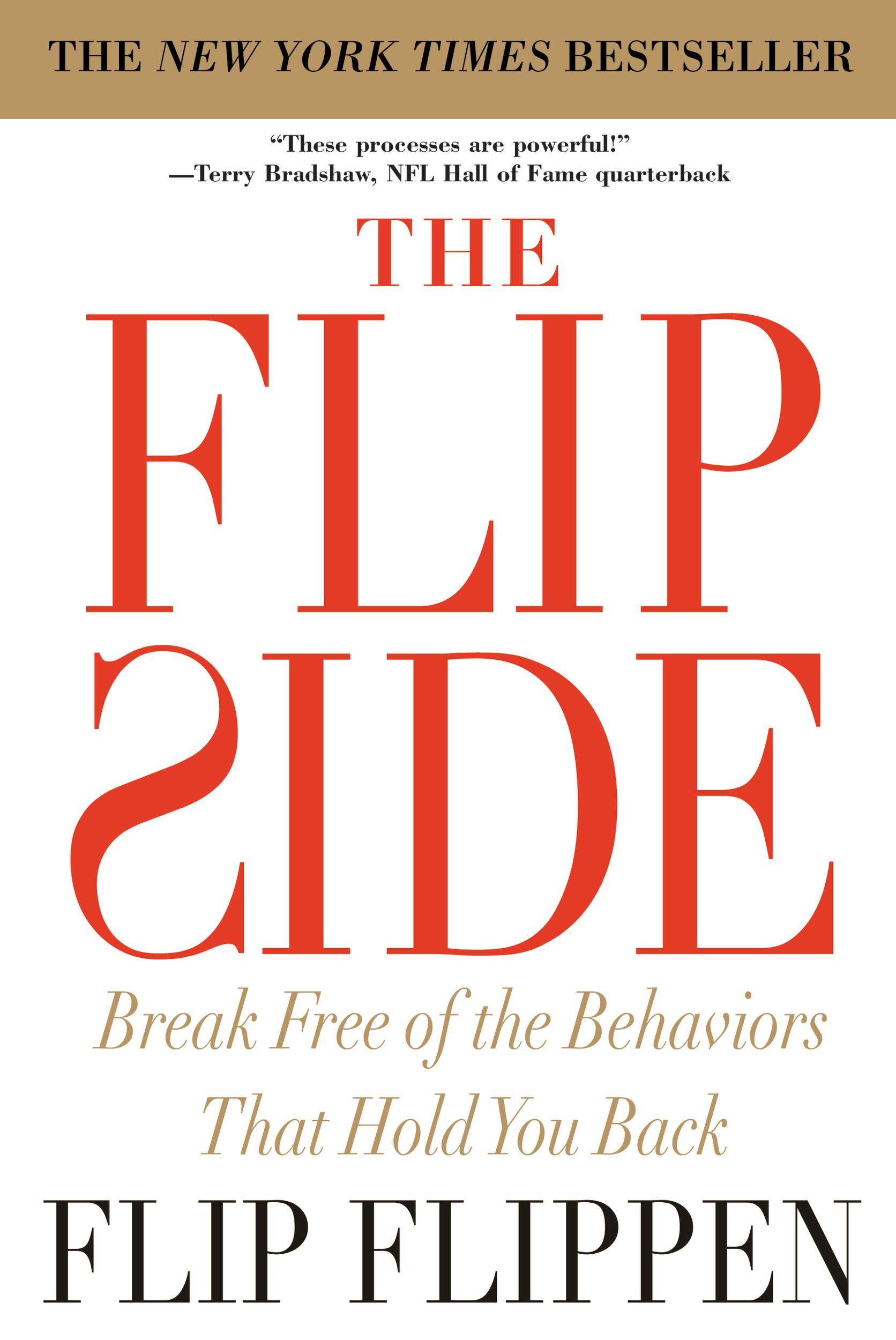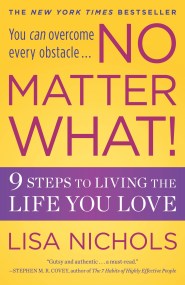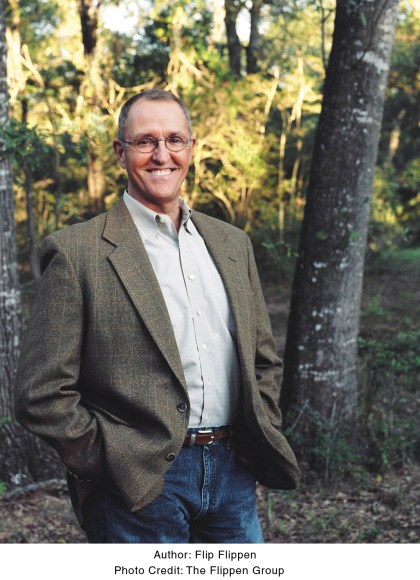Promotion
Use code MOM24 for 20% off site wide + free shipping over $45
The Flip Side
Break Free of the Behaviors That Hold You Back
Contributors
By Flip Flippen
Formats and Prices
Price
$11.99Price
$15.99 CADFormat
Format:
- ebook $11.99 $15.99 CAD
- Audiobook Download (Abridged)
- Trade Paperback $17.99 $22.99 CAD
This item is a preorder. Your payment method will be charged immediately, and the product is expected to ship on or around December 6, 2007. This date is subject to change due to shipping delays beyond our control.
Also available from:
Learn how recognizing your biggest weakness can unleash your greatest strength in THE FLIP SIDE, the bestselling motivational guide by educator, business coach, and growth guru Flip Flippen.
Great advice for everyone, but particularly appealing to those who are taking stock of what they want to do with the rest of their lives, Flippen’s approach is surprisingly simple. When we learn how to identify our “personal constraints” and take the necessary steps to correct self-limiting behaviors, we will experience a dramatic surge in productivity, achieve things we have only dreamed of, and find greater happiness overall. Flippen has created a simple process to help readers find their greatest constraint (the results may be surprising!) and build a plan to help “flip” that weakness into a newfound strength.
Genre:
- On Sale
- Dec 6, 2007
- Page Count
- 272 pages
- Publisher
- Balance
- ISBN-13
- 9780446504836
Newsletter Signup
By clicking ‘Sign Up,’ I acknowledge that I have read and agree to Hachette Book Group’s Privacy Policy and Terms of Use







